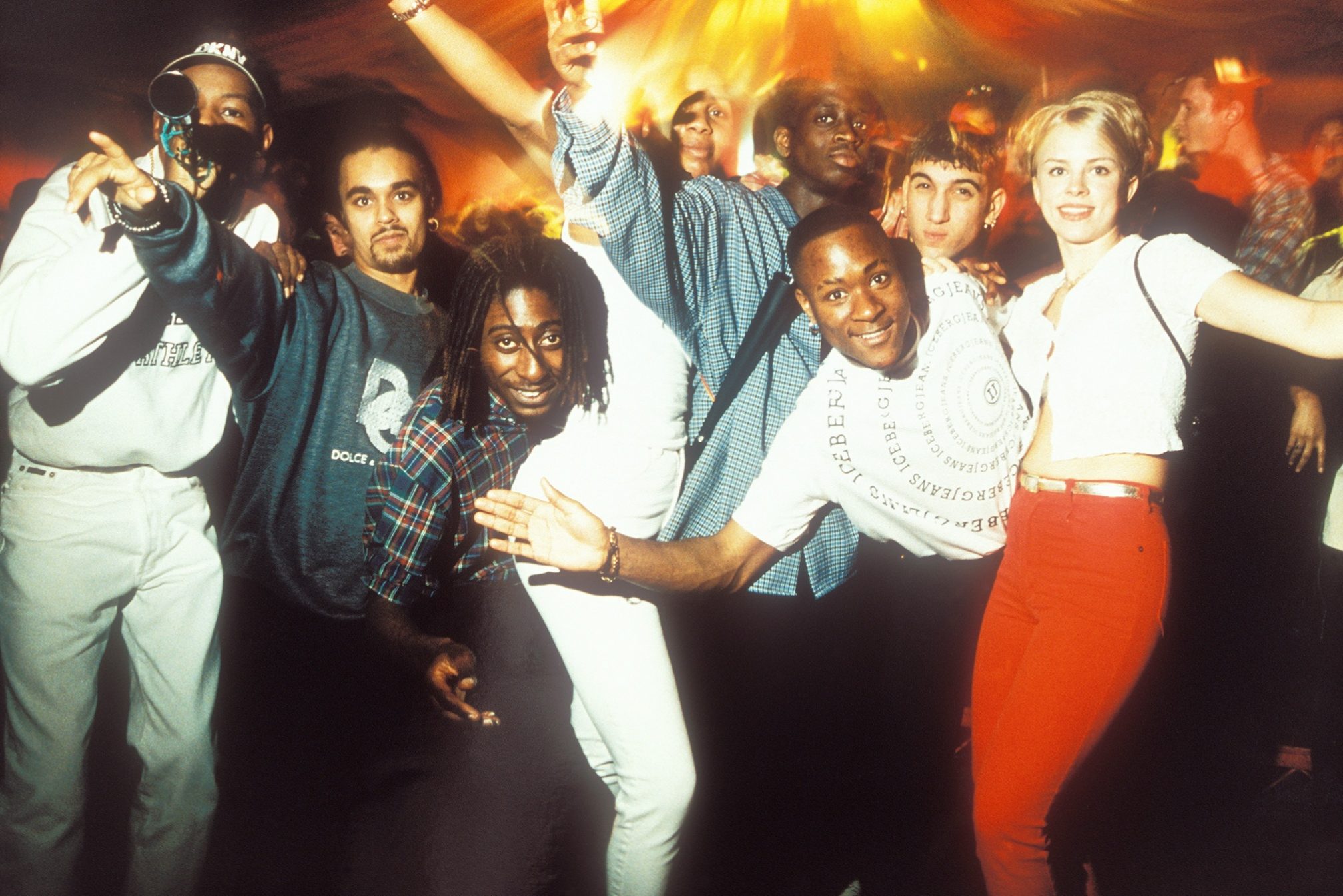 Features
Features
Moving in the dark: Tristan O'Neill's photography encapsulates the sweaty bliss of jungle's golden era
With his work featuring in London's move/003 exhibition, Tristan O'Neill describes his experiences capturing the raucous energy of '90s ravers
Eyes feverish, cheeks flushed, glow sticks akimbo. While many of us think about rave’s hey-day with a sense of anemoia, having never quite managed to experience the raucous energy often described by those who were there — Tristan O'Neill’s photography contains that palpable quality that gives us a tangible feeling of nostalgia for the sweltering euphoria of the ‘90s jungle scene.
Somehow conveying the sights, sounds and smells of these storied dancefloors through still imagery, O'Neill’s work is currently on display as part of move/003 — an exhibition curated by SHERELLE and fyn studio that highlights Black and LGBTQIA+ dance music. Paired with a conversation between Scratcha DVA and Roska (which you can listen to on Spotify below), the photographs put a focus on the ravers at the heart of the UK bass movement — strangers embracing, whistles pursed between lips, slightly worse-for-wear friends hiding their faces from the camera, devotees decked out in neon garms.
Read this next: SHERELLE and fynn studio team up for exhibition focused on Black and LGBTQIA+ dance music
This focus on the “people” of the scene is perhaps what has given O'Neill’s imagery its longevity and sense of place and time. Having been inspired to take up club photography due to a love of drum ’n’ bass, O'Neill became entranced by the crowds — wanting to capture “all the fun people were having” on the dancefloor. “I wasn’t a late-night kind of person, more of a morning person,” he tells Mixmag. “But the music and camera took me to the clubs to capture the fun people were having.”
As the move/003 exhibition at London's 180 Strand draws to a close, we caught up with Tristan O'Neill to talk "extreme photography," being part of a rave history and becoming entranced by pirate radio in the '90s. Check out the Q&A, and a selection of O'Neill’s dancefloor imagery below.
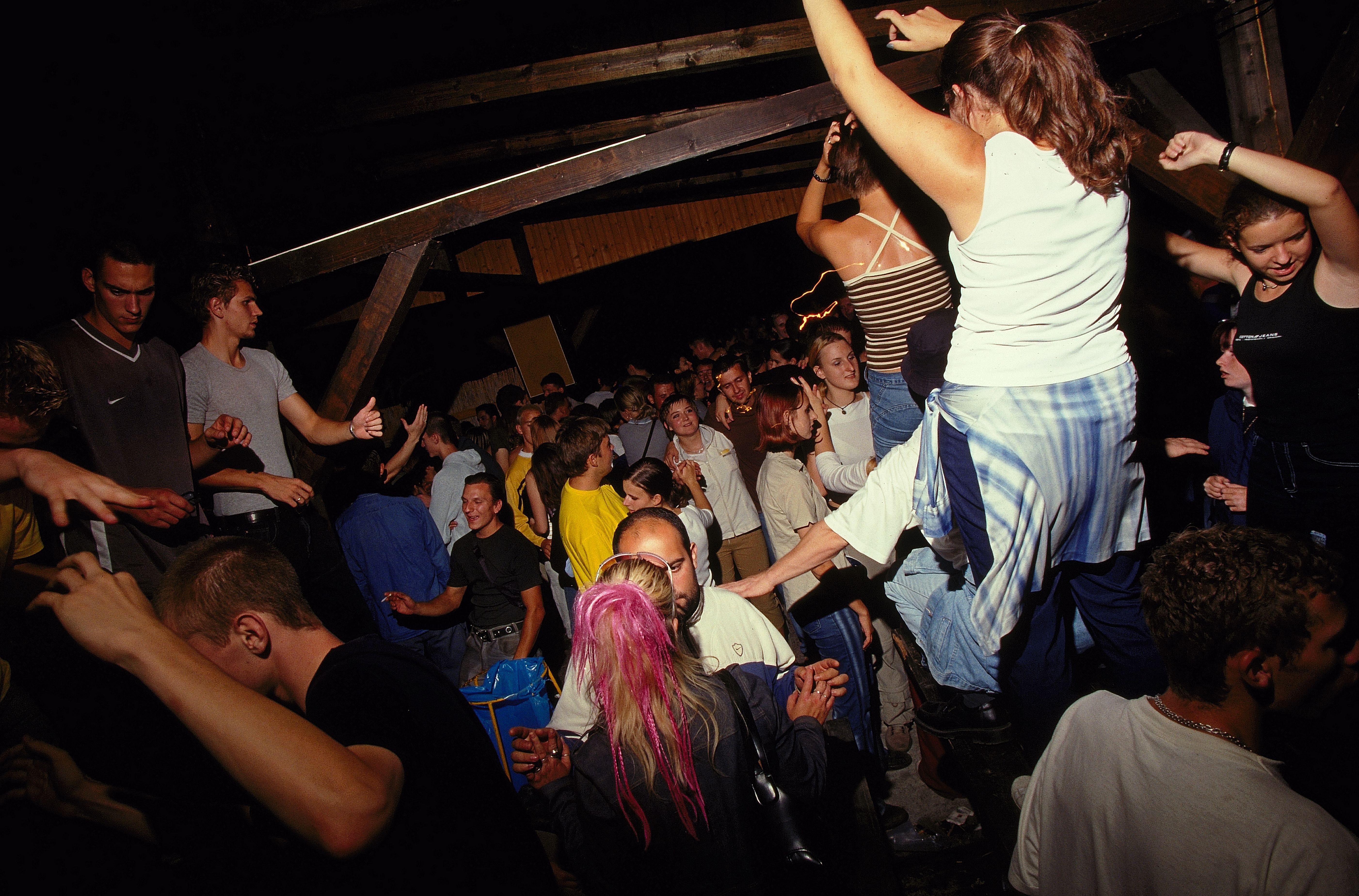
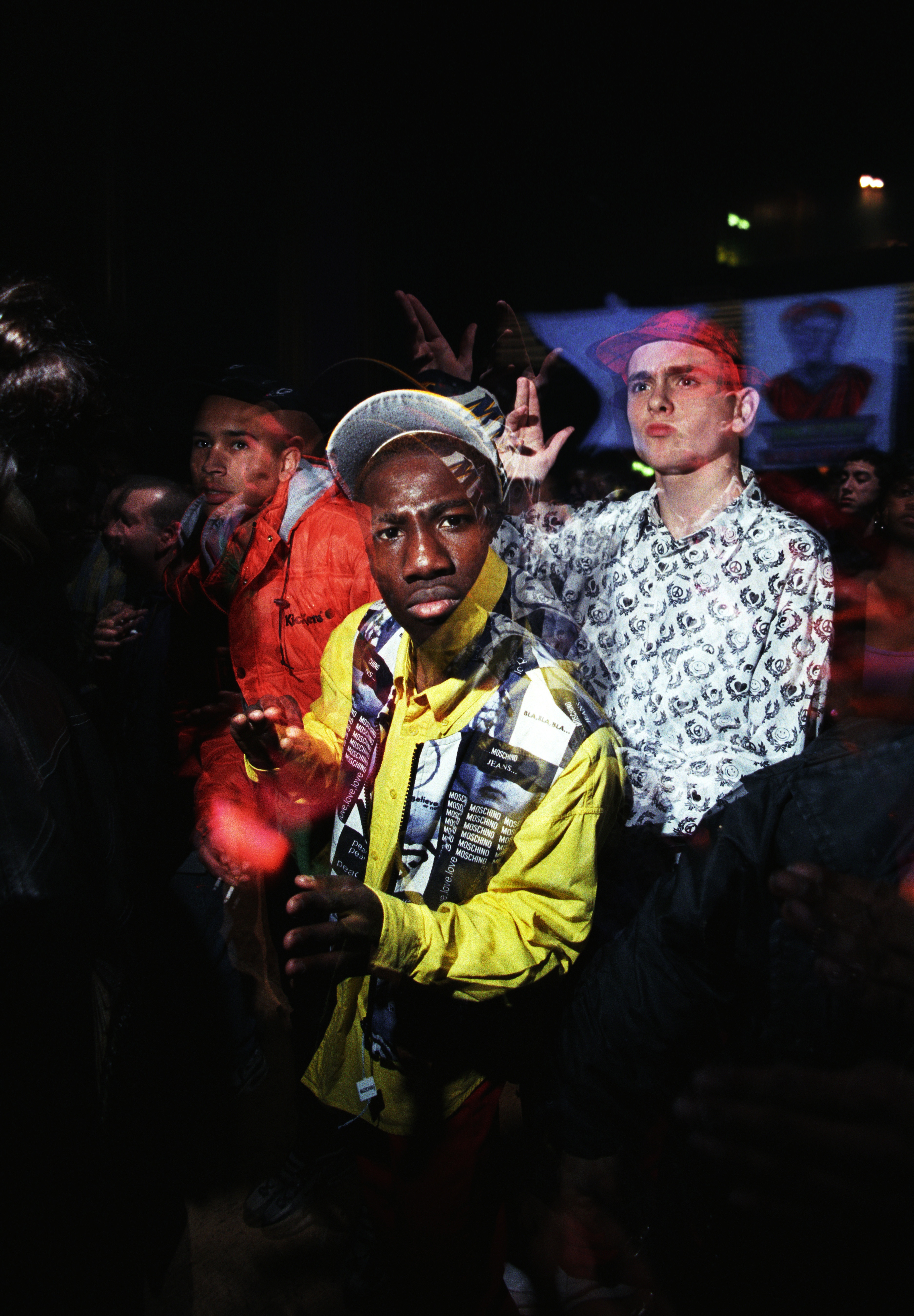
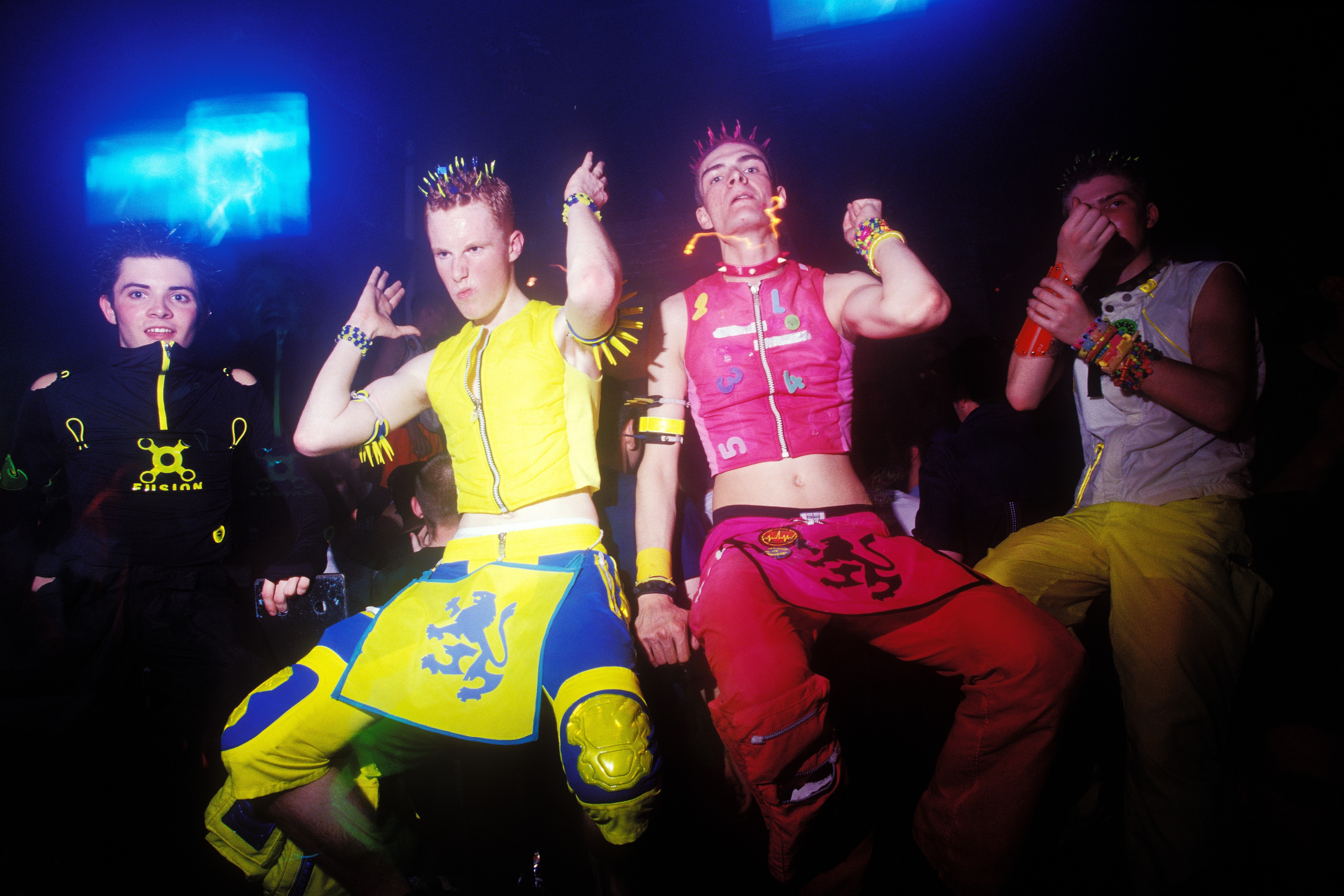
Redbull described you as taking on the role of the "observer", as opposed to partying yourself. What drew you to that role? Do you agree?
I very much agree. I first went to a club with a camera, not because I wanted to go clubbing or raving, but because I had a passion for drum 'n' bass/jungle music and photography. I wanted to combine them. That is what drew me to that role.
You once described photography in the '90s as “extreme photography,” how did you negate some of the challenges of club photography during that time?
I describe club photography as extreme photography because I was taking pictures under very tough conditions. I was trying to capture moving subjects in the dark, with flashing lights everywhere, looking through a tiny viewfinder, being knocked about by dancers, and not being able to preview or see any of the pictures I had taken until the films were developed. It was literally like shooting in the dark and hoping for the best. I negated these challenges by using a flash to freeze the subjects, using a long exposure to capture as much ambient light and lasers in the background as possible, and using a wide-angle lens to make sure I captured the subject. I’d also take a few pictures of the same scene and occasionally look over the top of my camera to see better too.
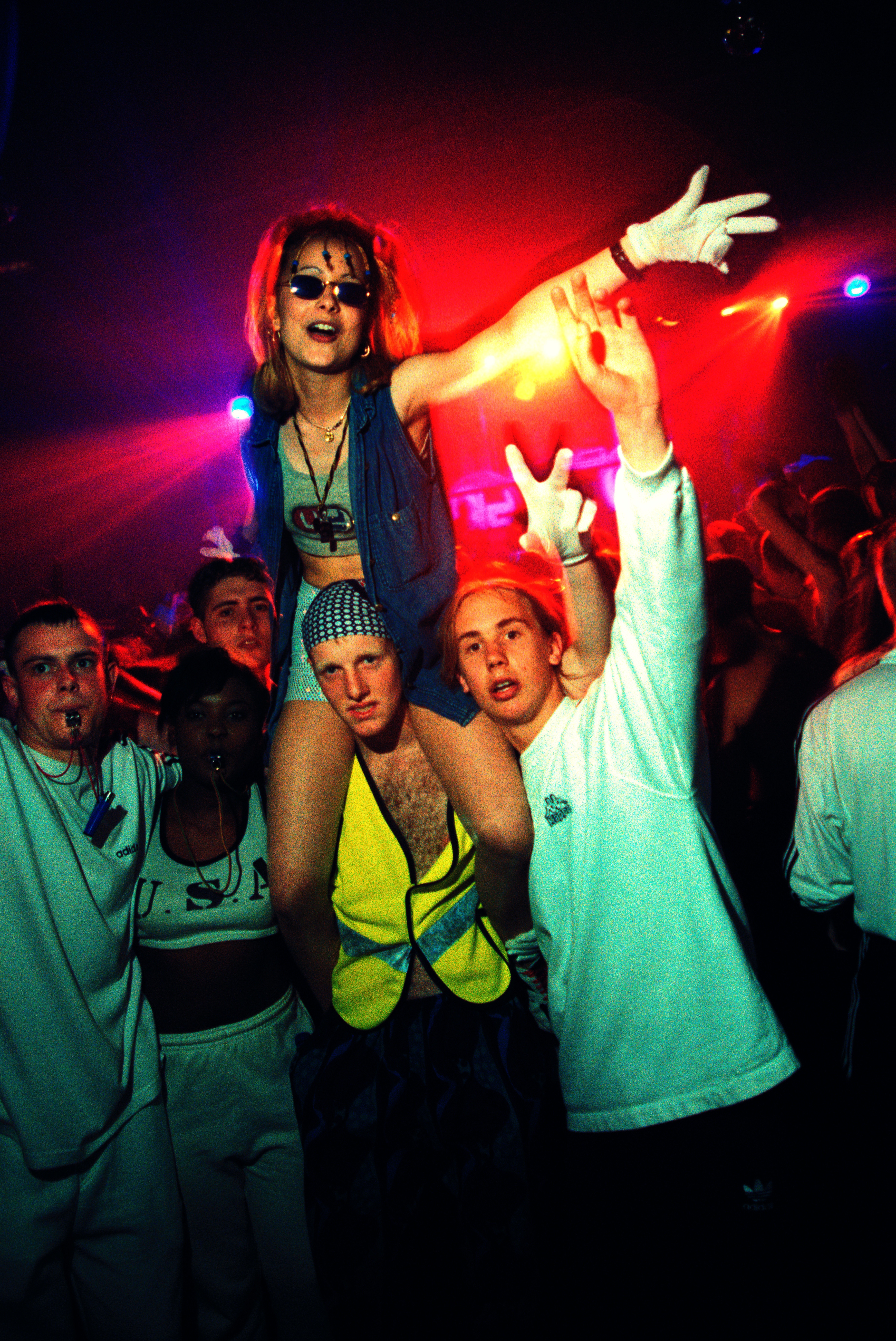
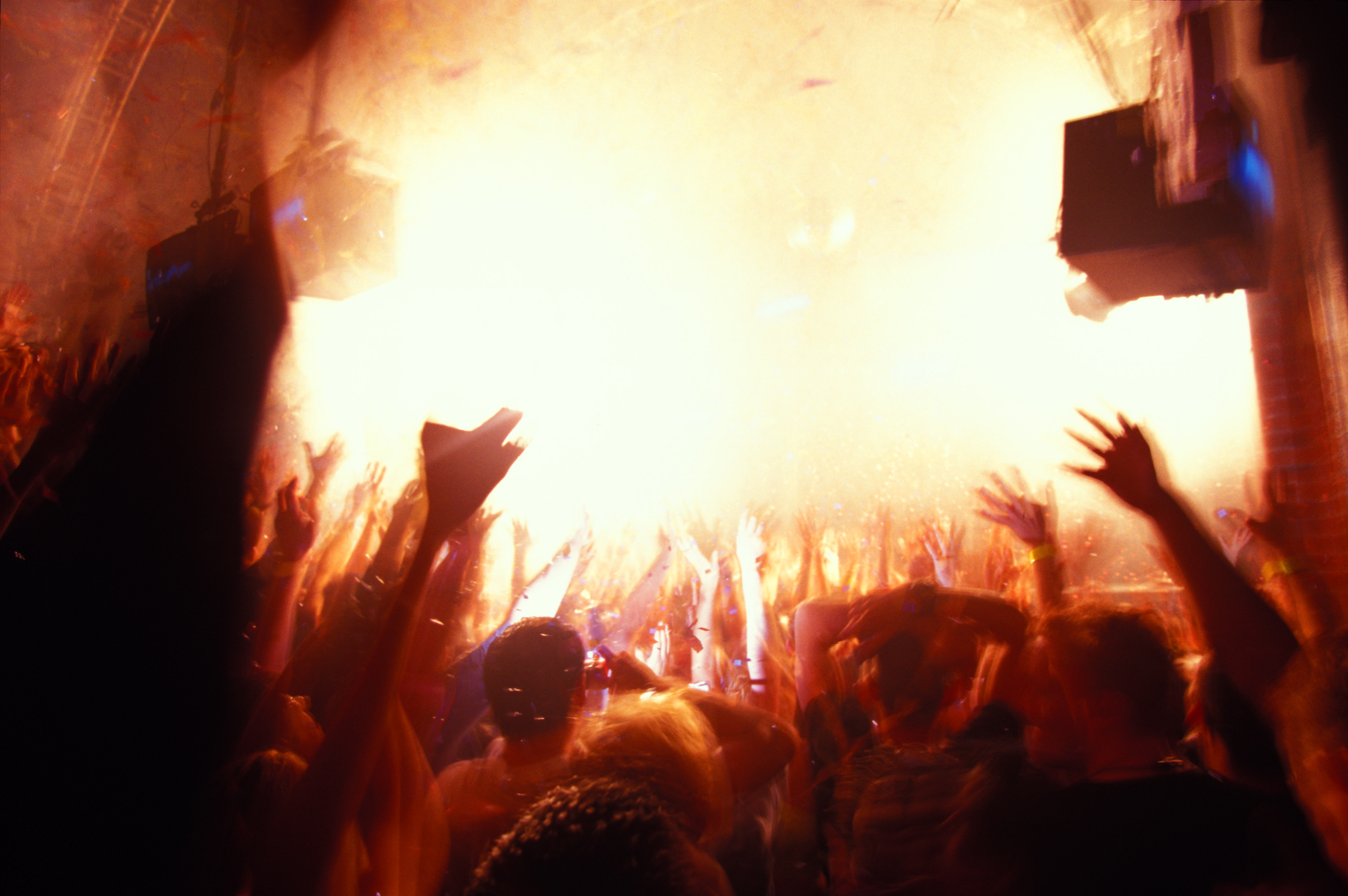
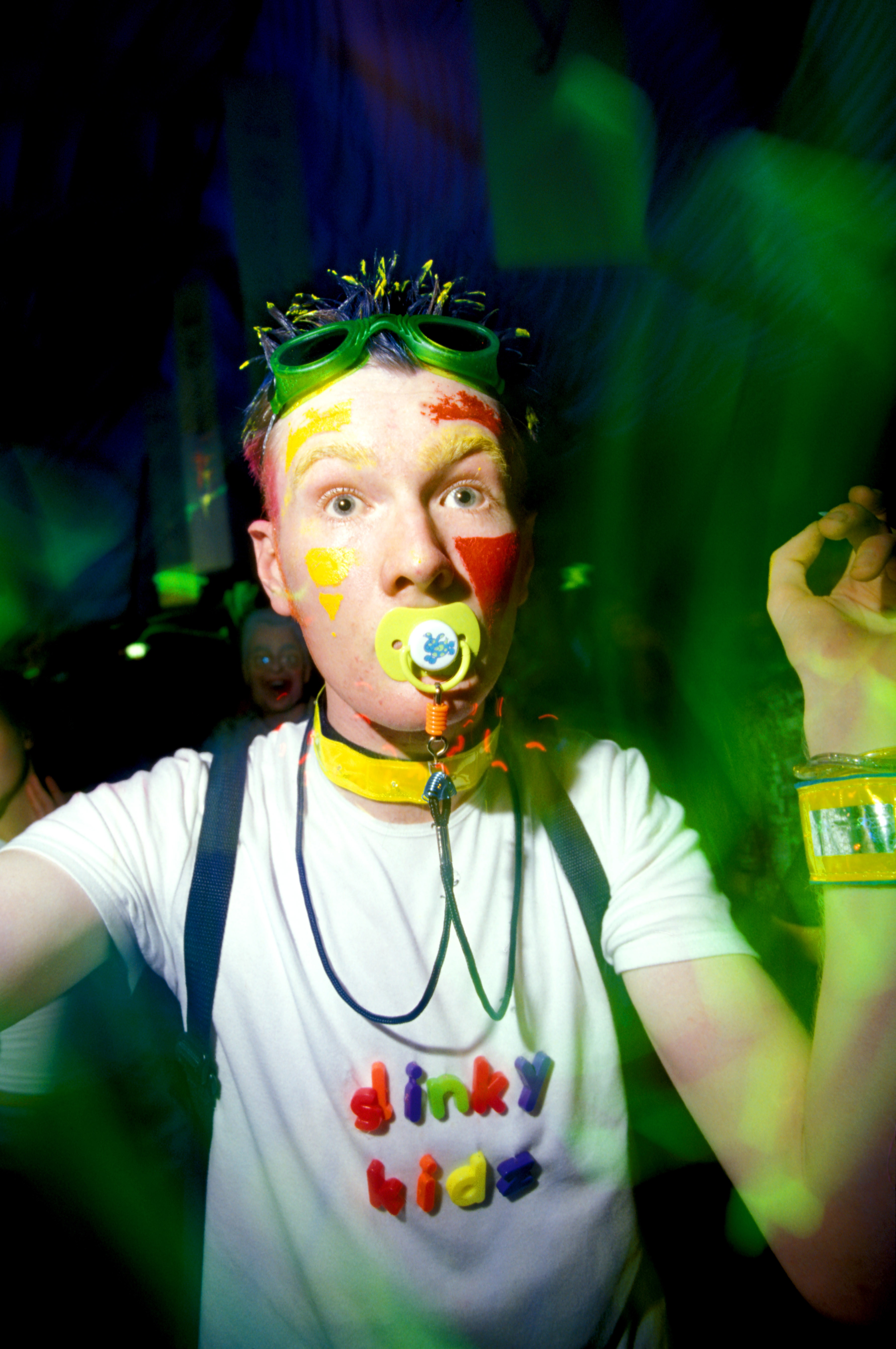
It's been said that you first started listening to dance music after dropping your “first hashbomb listening to a Fantazia mixtape on cassette,” where did your relationship with dance music go from there?
After that cassette, I was given two or three more to listen to. I took them back to London and got my friends round to hear it. From there, we discovered the many pirate radio stations and record shops, and from then on every weekend we got together in my bedroom to listen to the radio. We used to fight to put our cassette tapes in the recorder and record the tunes coming from the radio stations, eventually, this led to me calling up a magazine to take pictures for them.
What was it about the jungle scene that captured your attention/inspired you?
The beat, the bass, the melody... it all just permeated my body and made me feel incredible. It brought me and my friends together, we went to record shops together, and we discovered new music together. It was like an adventure that we were all on. When we heard a new amazing tune together it was such an incredible feeling, and then hearing all these tunes on big soundsystems was amazing.
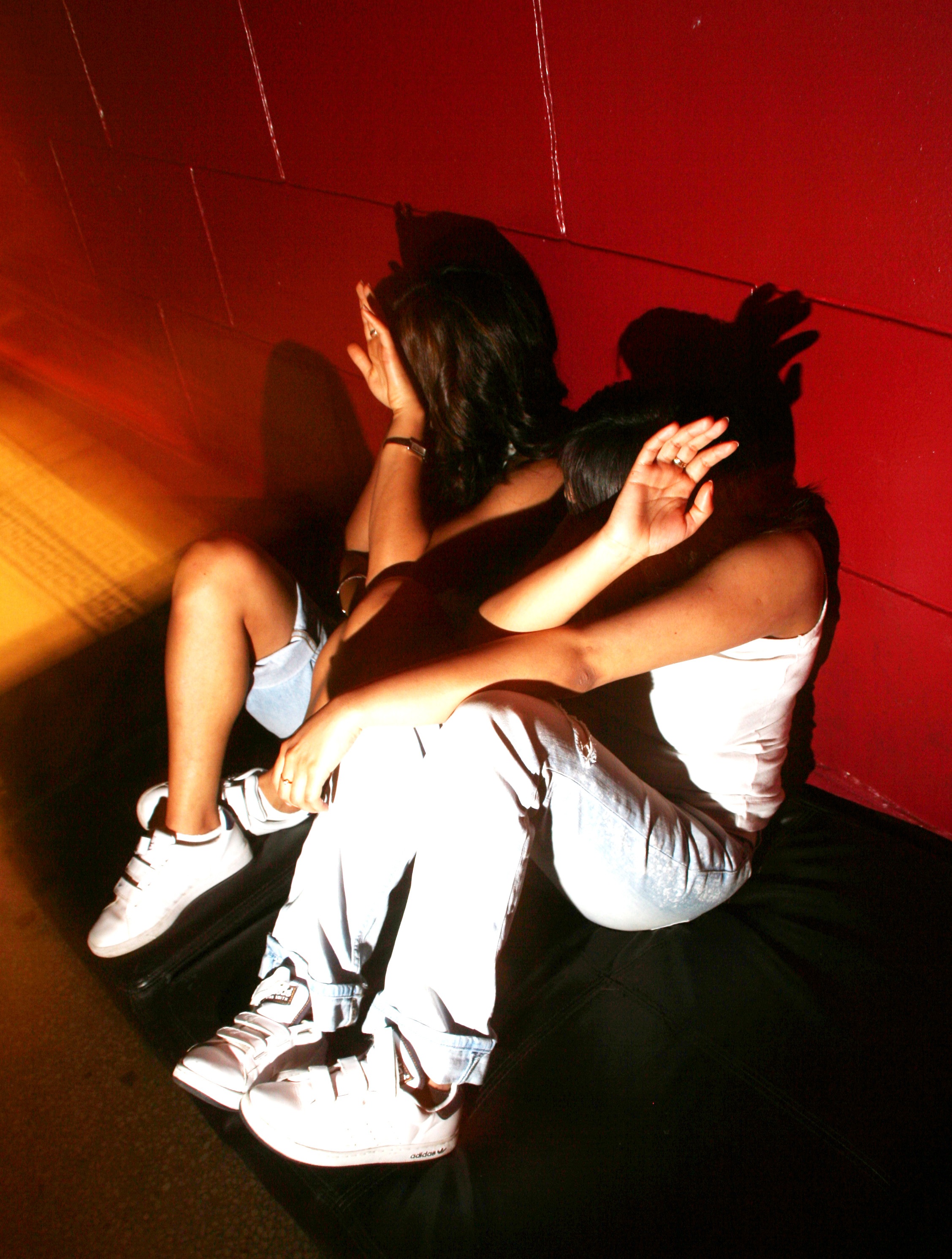
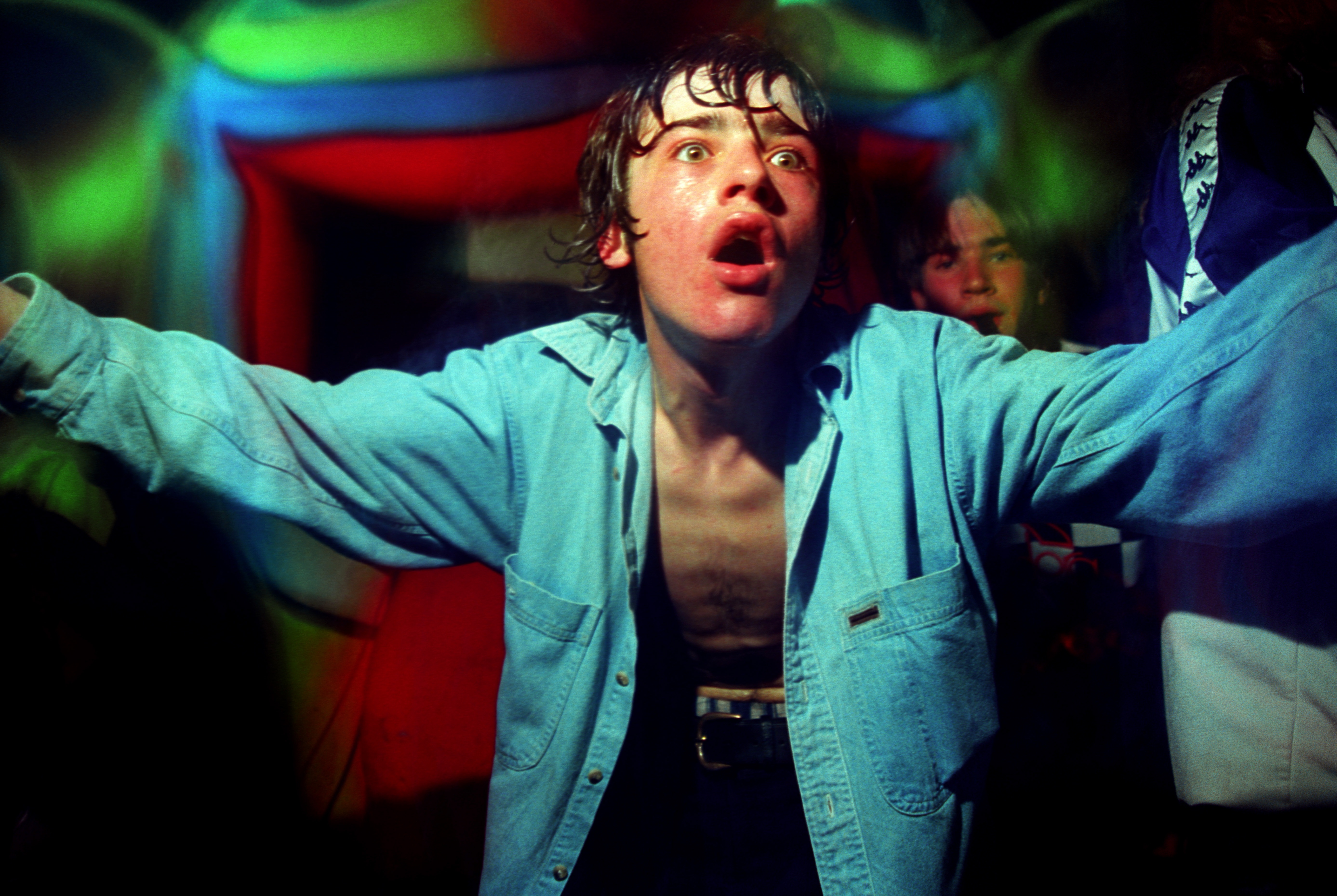
The timing of your work captured a pivotal moment in the UK rave scene, as your work continues to feature in exhibitions such as move/003. How do you feel now when you look back at your work from that time?
I feel like I was a part of something special, something that people now look back at as history, a time that cannot be brought back of course, but the music lives on and hints at what it was like for young people. It brings back memories for those who were there. I’m happy that I was there and can help people remember the time and let younger people get an idea of what it was like.
move/003 is about capturing the experience of the rave, which is the very essence of your photography, how would you describe the atmosphere in the rave in the 90s/00s?
It was often hot and sweaty, full of lights, with lasers flashing everywhere and smoke from the smoke machines. Everyone would be dancing, no one caring, just having fun, guided by the music, moved by the huge bass, watching the dancers on stage, listening to the MCs and the DJs as if they were controlling the crowd, everyone possessed by the music with their friends, and having the time of their lives after a long week at work.
Tristan's work is currently being displayed at the move/003 exhibition, curated by SHERELLE and fyn studio, at London's 180 Strand. To check it out, sign up for a free time slot here.
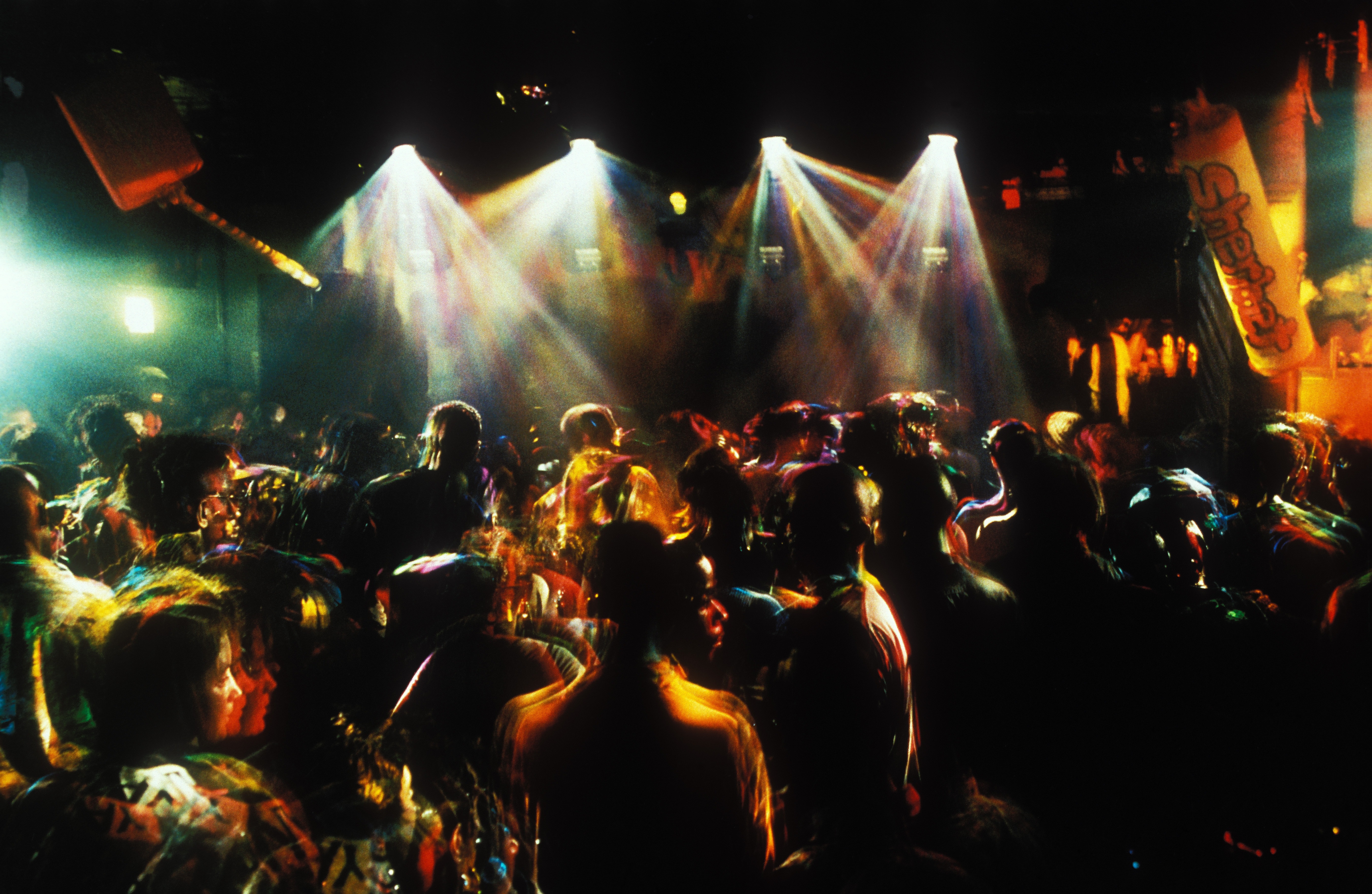
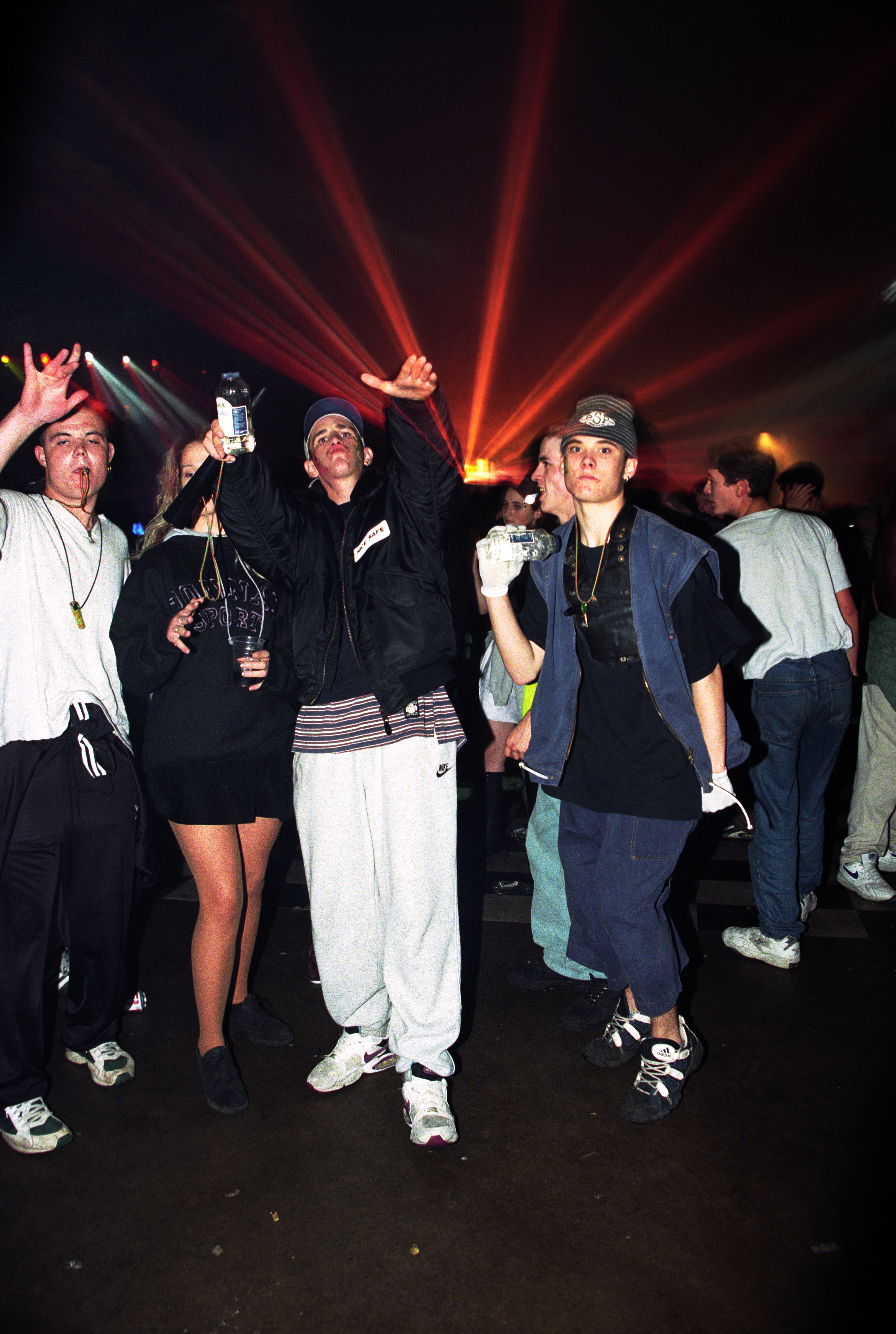
Belle Richardson is Mixmag's Digital Intern, follow her on Twitter


